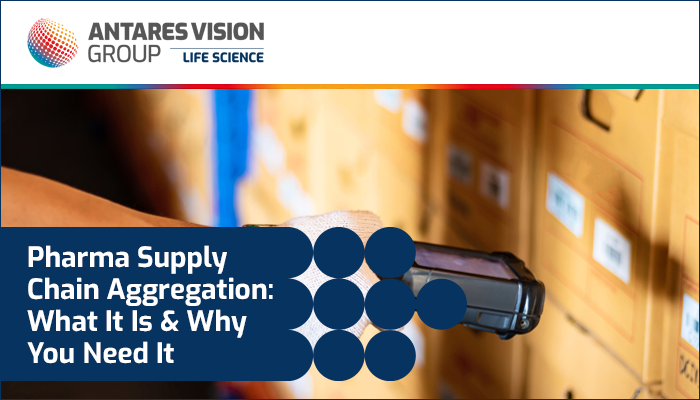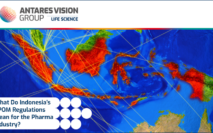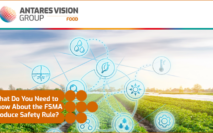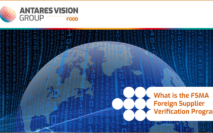We all want to know that the medicines we buy at our pharmacy are what they say they are. This is one of the main reasons why these products are strictly tracked and monitored, including serialization and pharma supply chain aggregation. From the very first step of production, all ingredients are tracked as a medicine moves down the manufacturing chain. This means every bottle of pills that is in your medicine cabinet can be traced back to the date and time of manufacture. You can even find out who was mixing the ingredients.
This is the level of tracking many countries require by law in the pharma supply chain, and many governments have imposed strict serialization regulations over the last few years. These laws are designed to combat counterfeits and ensure consumer safety.
Serialization has many facets, including the use of Global Trade Item Numbers (GTINs), 2D barcodes, and aggregation processes. Aggregation is a crucial component of serialization in the pharma supply chain. It helps track products from the moment they’re packaged to the time they reach consumers. Aggregation contributes to the safety and efficiency of the global pharmaceutical industry.
As more and more countries update their aggregation requirements, it’s vital to understand what this process is. Let’s take a closer look at aggregation, including how it’s defined, how it works, and the different types.
What is pharma supply chain aggregation?
Pharmaceutical products have different packaging levels, and they all need to be serialized and traced. The basic levels include the unit or single case, bundle pack, case, and pallet. Aggregation creates and maintains a so-called parent-child relationship among the packaging levels and the product owner’s information. Each data aggregate is saved in a database before a product moves to the next participant in the supply chain. Here is the basic mapping of aggregation:
- Unit-level pack aggregations (lowest level) → bundle pack aggregation → case aggregation → pallet aggregation (highest level).
How does pharma supply chain aggregation work?
Aggregation is achieved by associating serial numbers with the different packaging levels. It also entails scanning barcodes to associate/link supply chain participants with one another.
Aggregation begins with unit-level serialization, by which serial numbers are applied to the container of medicine, such as a bottle or a blister pack. This packaging is then associated with the case its shipped in, which is also given a unique serial number. When the cases are packed on a pallet, that gets its own serial number to associate it with the cases. The parent-child relationship is complete.
Why is aggregation necessary in supply chain management?
Aggregation is a necessary to make the pharm supply chain safe and secure. It facilitates traceability and transparency, and enables efficient returns management. It also eliminates the need to scan individual units. And because it makes the pharma supply chain flow more smoothly, warehouses and storage facilities save time and money. For example, with a single scan of a barcode, workers can decommission damaged pallets, and companies can process recalls and returns more quickly and accurately.
Final thoughts
rfxcel was founded 17 years ago because our CEO, Glenn Abood, realized that consumers didn’t have a way to verify the authenticity of the medicines they buy. Today, as the longest-tenured supply chain solutions provider in the pharma industry, we offer cutting-edge technology that makes serialization, including the aggregation process, automatic, accurate, and secure. Couple this with our industry-leading compliance solutions, and you will ensure your supply chain runs at peak performance, protects your products, and secures your brand reputation. Contact us today to learn more!





